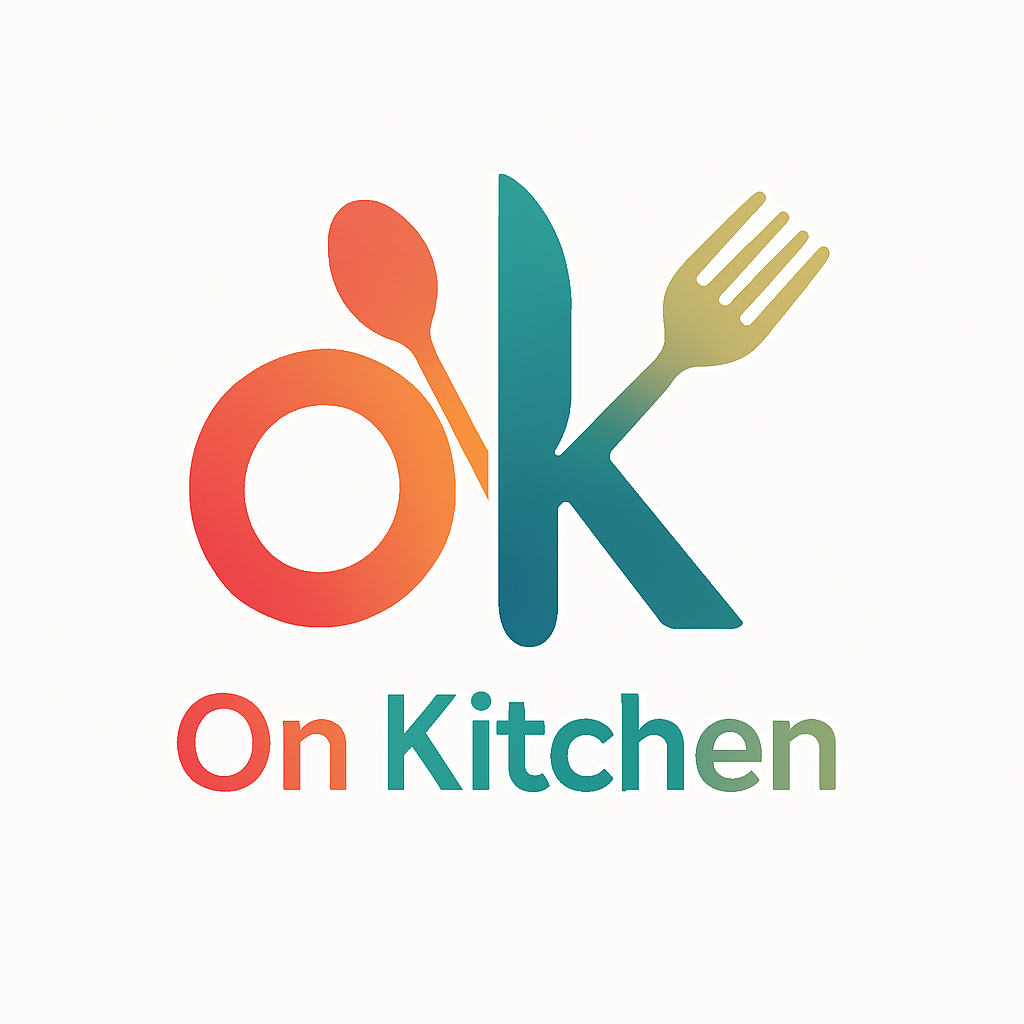Kitchen Knives 101: Forget the Block, These Are the Only 3 Knives You Actually Need
Feeling overwhelmed by the wall of kitchen knives at the store? Staring at that giant, 18-piece knife block on Amazon and wondering if you really need a “boning knife,” a “utility knife,” and six identical steak knives?
If you’re only going to invest in one knife, make it a chef’s knife. This versatile blade handles nearly every kitchen task—dicing onions, chopping carrots, mincing garlic, slicing meats—you name it, it does it. Its broad, tapering blade paired with a comfortable handle makes it the first knife you’ll grab morning to night.
Key Features to Consider:
-
Blade Length: An 8‑inch (20 cm) blade is often the sweet spot for most home cooks, offering a perfect balance of control and cutting surface.
-
Blade Style:
-
German‑style (e.g., Wüsthof, Henckels): Heavier, with a pronounced curve that facilitates smooth “rock‑chopping.” Known for rugged durability.
-
Japanese‑style (e.g., Shun, Global): Lighter and thinner, with a straighter edge that excels at precision slicing and razor‑sharp performance
-
Chef’s Knife Recommendations:
Why it wins: This knife is consistently the top recommendation from a dozen major review sites and has tens of thousands of 5-star reviews. It’s incredibly sharp, durable, and the non-slip grip is praised by nearly everyone. It offers professional-level performance at a shockingly affordable price.
Why it wins: For those who want the classic German look and feel without the premium price tag. Users consistently praise its solid construction and comfortable, traditional three-rivet handle
Why it wins: This is an investment in a “buy it for life” tool. It’s a beautifully balanced, precision-forged knife from Solingen, Germany, that, with proper care, will be passed down to your children. The consensus is clear: it’s the gold standard for a reason.

Knife #2: The Serrated Knife (The Bread & Tomato Slayer)
Tackle crusty loaves and juicy tomatoes without squashing or tearing. The serrated blade’s saw‑tooth edge grips even soft or waxy surfaces, delivering clean, effortless cuts.
Key Features to Consider:
- Blade Length: A 10‑inch (25 cm) length lets you slice through wide artisan breads in one smooth stroke.
- Handle Design: An offset handle keeps your knuckles clear of the cutting board, making for safer, more comfortable slicing.
Serrated Knife Recommendations:
Why it wins: Mercer is a darling of culinary schools for its combination of performance and value. This knife is famously sharp, and thousands of reviews celebrate how it slices through bread “like butter” and handles delicate tomatoes perfectly.
Why it wins: Matches the quality of the Wüsthof Chef’s Knife. If you’re building a premium set, this is the perfect companion. Its double-serrated edge is often cited by experts as providing an exceptionally clean cut.
Knife #3: The Paring Knife (The Detail Specialist)
For all the small, in-hand jobs, the Chef’s Knife is too clumsy. The Paring Knife is your tool for detailed work. Think peeling apples, hulling strawberries, deveining shrimp, or mincing a single clove of garlic. Its small size gives you surgical precision and control.
What to look for:
- Size: A blade around 3 to 4 inches is ideal.
- Grip: It must feel comfortable and secure in your hand, as you’ll often be using it without a cutting board.
Paring Knife Recommendations:
Why it wins: It’s almost impossible to find a negative review of this knife. It’s razor-sharp out of the box, weighs almost nothing, and is so affordable you won’t cry if you lose it. Many professional chefs keep a few of these in their knife roll
Why it wins: If you prefer a more substantial, heavier feel in your hand, this forged option from Henckels offers great durability and a more robust presence to match its larger Chef’s Knife counterpart.
Final Thoughts: Quality Over Quantity:
Stop seeing knives as a “set” and start seeing them as a collection of specialized tools. By investing in these three high-quality knives, you will have a more capable, more joyful, and more efficient kitchen.
You can always add more specialized knives later if you need them—a boning knife if you start butchering your own chicken, or a santoku if you fall in love with Japanese blades. But for 95% of us, the journey to knife mastery begins, and happily ends, with the essential three.
This post contains affiliate links. This means that if you click on a link and make a purchase, we may earn a small commission at no extra cost to you. This helps support our research and allows us to keep bringing you helpful guides. We only recommend products that are overwhelmingly praised by the community.






